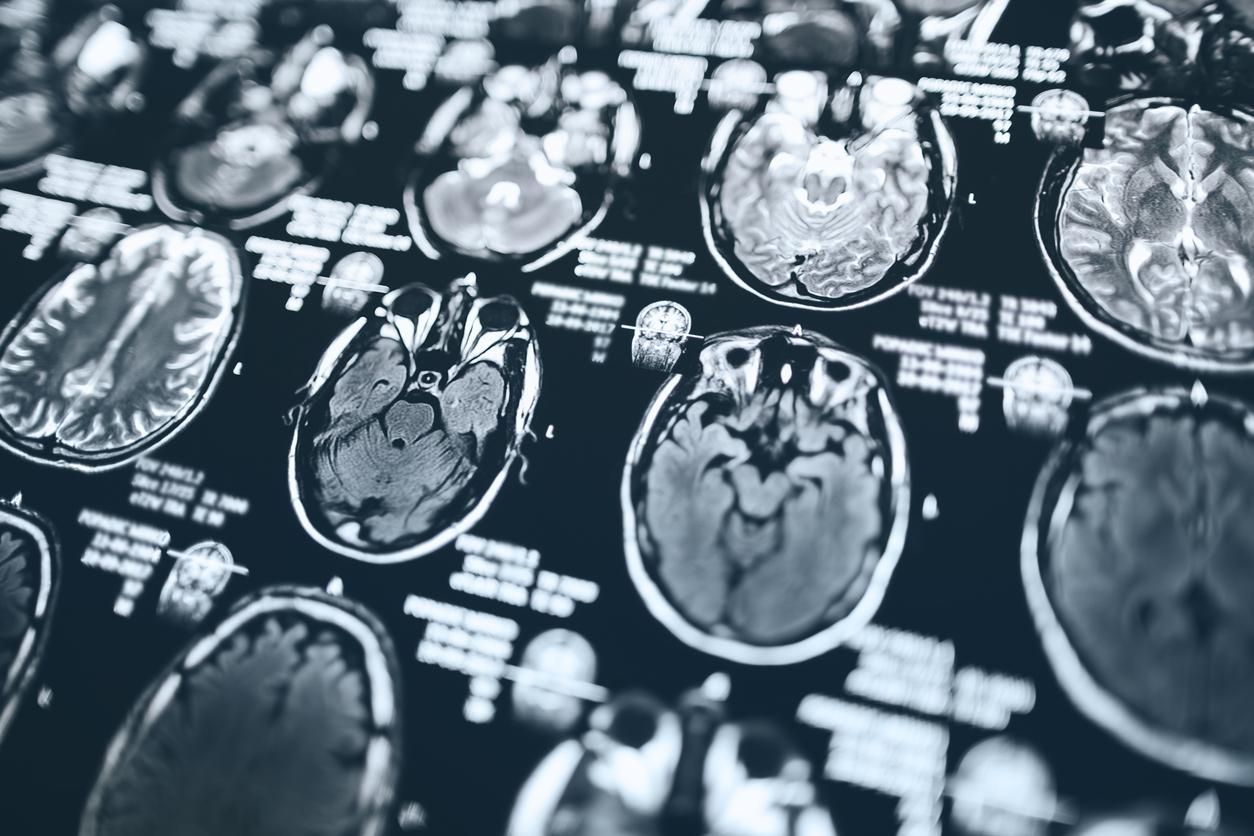Antibiotic residues in sewage and sewage treatment plants in parts of Asia could contribute to antibiotic resistance and threaten human health, according to a new study.

- Bacteria that become resistant to antibiotics are a global threat that can lead to incurable bacterial infections in humans and animals.
- Antibiotics can enter the environment during their production, consumption and disposal.
- Antibiotic residues in the environment, such as in sewage and drinking water, can contribute to the emergence and spread of antibiotic resistance.
Antibiotic residues in sewage and sewage treatment plants in regions around China and India are likely to contribute to antibiotic resistance. On top of that, drinking water could pose a threat to human health. These are the two conclusions of a study by the Karolinska Institutet in Sweden, published this month in The Lancet Planetary Health. Researchers also determined the relative contribution of various sources of antibiotic contamination in waterways, such as hospitals, municipalities, livestock, and pharmaceutical manufacturing.
Antibiotic resistance: vital data to protect health and the environment
“Our results can help decision-makers target risk reduction measures against priority antibiotic environmental residues and at high-risk sites, in order to protect human health and the environment.said Nada Hanna, a researcher in the Department of Global Public Health at the Karolinska Institutet and first author of the study, in a communicated. Efficient allocation of these resources is especially vital for resource-poor countries that produce large quantities of antibiotics.”
Researchers examined the levels of antibiotic residues that may contribute to antibiotic resistance from different aquatic sources in the Western Pacific Region (WPR) and South East Asia Region (SEAR), regions such as defined by the World Health Organization. These regions include China and India, which are among the largest producers and consumers of antibiotics in the world.
92 antibiotics detected in the waters studied
To do this, the researchers carried out a systematic review of the scientific literature published between 2006 and 2019, including 218 relevant reports from the WPR and 22 from the SEAR. They also used a method, called probabilistic environmental risk assessment, to determine where the concentration of antibiotics is high enough to potentially contribute to antibiotic resistance.
92 antibiotics were detected in the WPR and 45 in the SEAR. Concentrations of antibiotics above the level considered safe have been observed in sewage, tributaries and effluents from sewage treatment plants and in receiving aquatic environments. The highest risk was observed in wastewater and effluent from wastewater treatment plants.
“Antibiotic residues in sewage and sewage treatment plants may serve as hotspots for the development of antibiotic resistance in these regions and pose a potential threat to human health due to exposure to different sources of water, including drinking water”warns Nada Hanna.

















